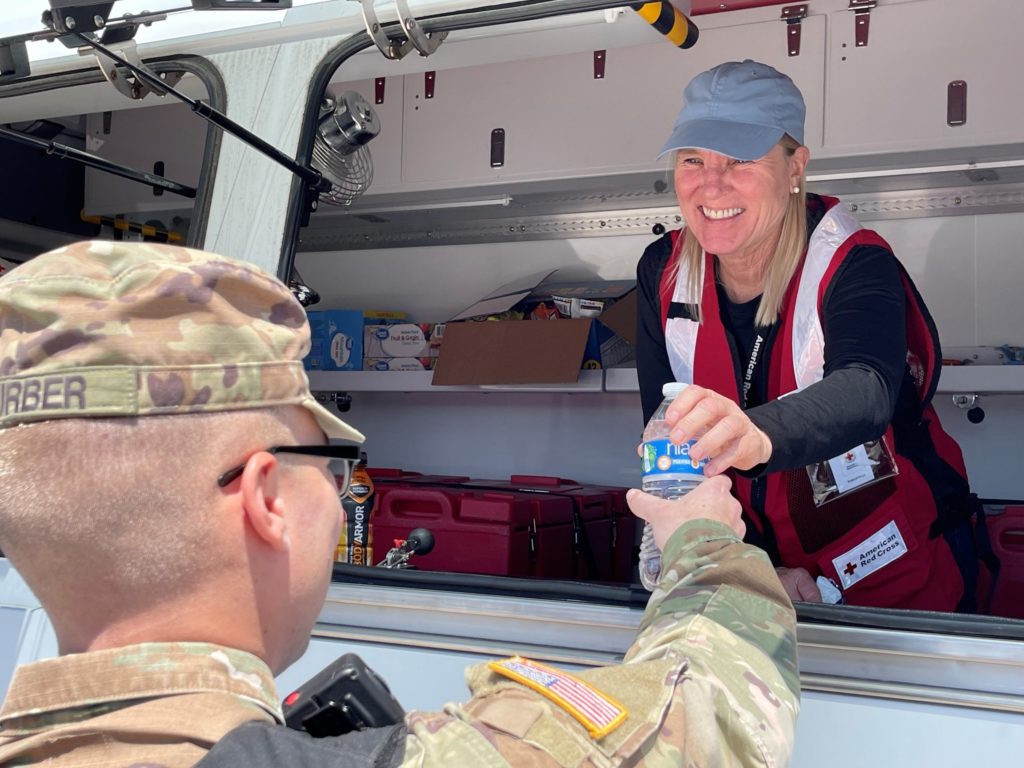Oct 11, 2022 Thermal Behaviors May Differ Between Genders

After a hard workout, you might see athletes splash cold water on their faces, sling a wet towel around their necks, or standing in front of a fan. Researchers call these actions “thermal behaviors,” and everyone engages in them when they feel too hot.
According to a new study, however, men and women may be different when it comes to thermal behaviors. During and after exercise, women may need to cool themselves down more than men. The study was covered in a recent article for The Washington Post.
For the investigation, a group of researchers from the University at Buffalo’s School of Public Health and Health Professions asked 10 men and 10 women to perform stationary cycling for an hour at a low intensity. The researchers tracked the subjects’ thermal behaviors — in this case, how often during the workout they turned a valve to release cold liquid into a tube that ran across the back of their necks. They tracked the same behavior for one-hour post-exercise. Subjects were told to open the valve as often as necessary to keep themselves comfortably cool.
» ALSO SEE: Volt Athletics Launches V3, Expands Into Tactical Training
Women in the study used the cooling valve significantly more often than men, even though the rise in body temperature was similar in both groups. The difference in thermal behaviors post-exercise was even more striking. Even though the women’s skin temperatures cooled much faster after the workout than the men’s (within 10 minutes, compared to an hour for the men), the women continued to release the cold liquid. Researchers hypothesized that this was because the women’s core temperatures remained elevated after their skin temperatures returned to normal.
While the study was small and more data is needed, knowing that women can benefit from extra cooling efforts during and post-exercise could help athletes perform better, according to Michael Jonesco, DO, a Sports Medicine Specialist at Ohio State University’s Wexner Medical Center, who was not involved in the study.
“The manner in which men and women tolerate and respond to these perceived changes may have implications not just for apparel manufacturing, but potentially for improving athletic performance, particularly in endurance and heat-related activities,” Dr. Jonesco said.
Calling her study the “first to highlight sex differences in thermal behavior,” lead author Nicole Vargas, Ph.D., a postdoctoral fellow in exercise and nutrition sciences at UB’s School of Public Health, also believes that paying more attention to helping female athletes keep cool during exercise and recovery could lead to performance gains.
“Athletes who perform multiple bouts of high intensity exercise, which result in compounding increases in core temperature, may benefit greater from recovery periods that utilize cooling modalities, and females may benefit even more,” she said.



